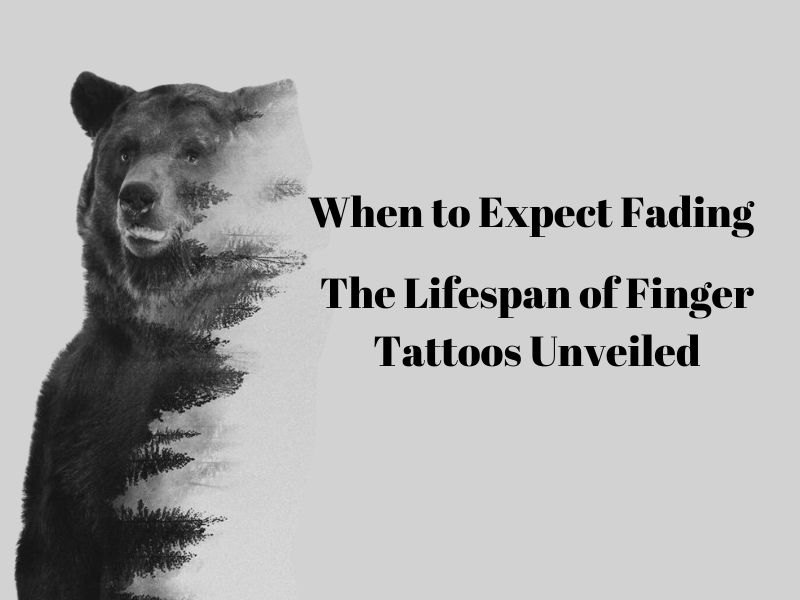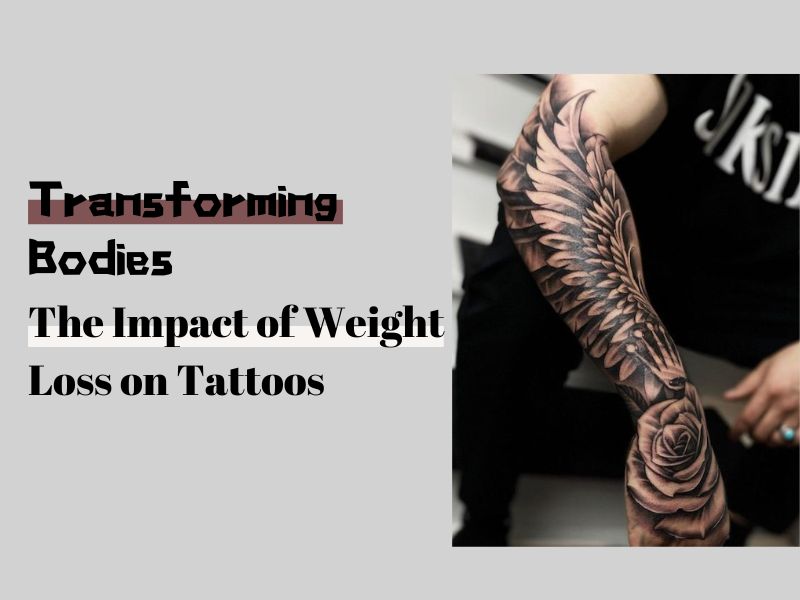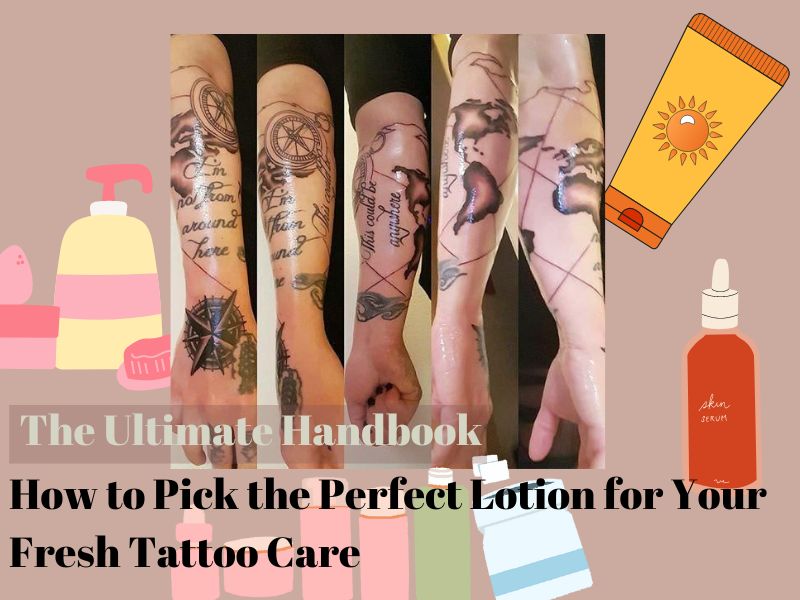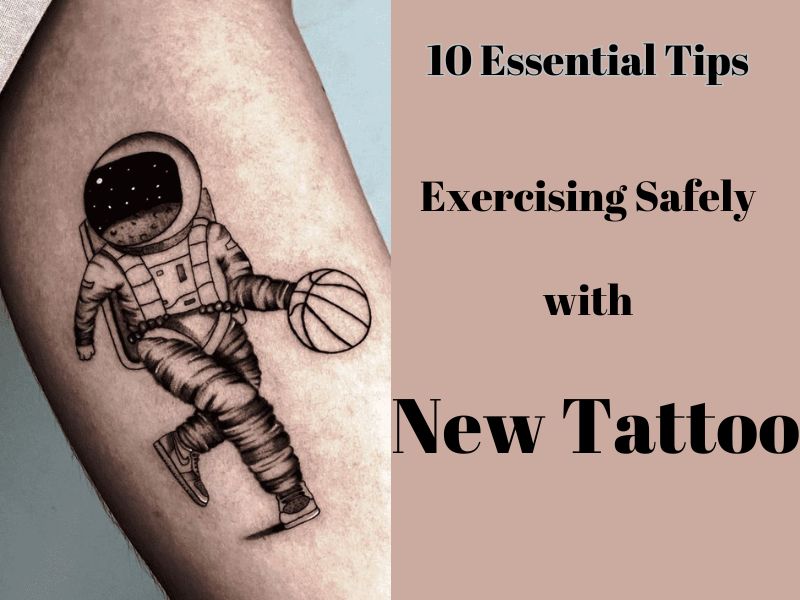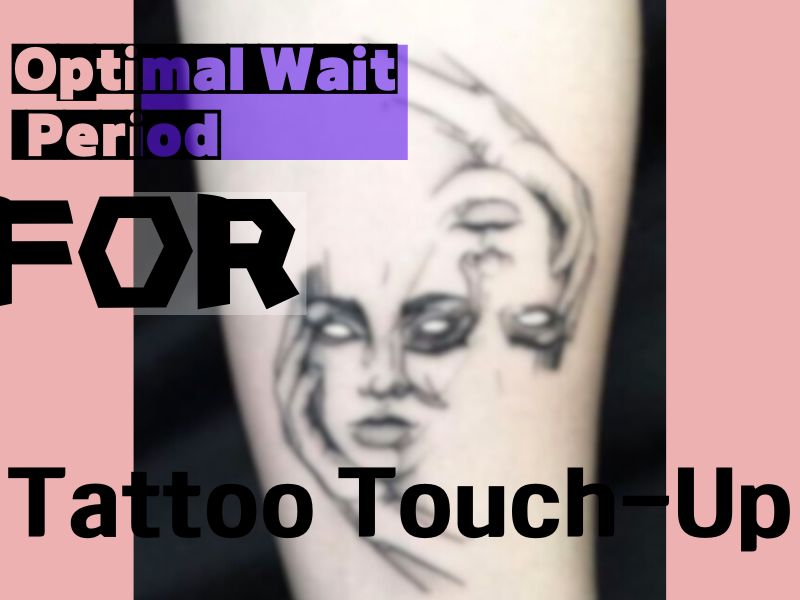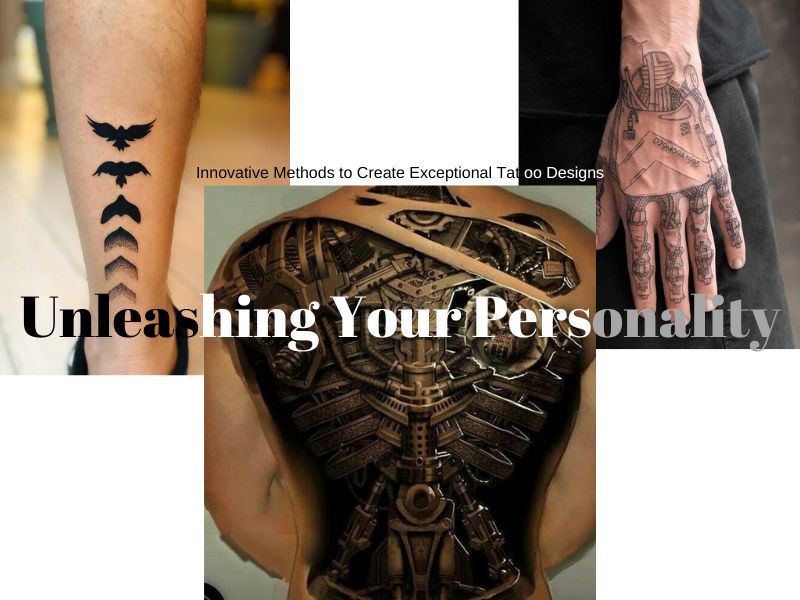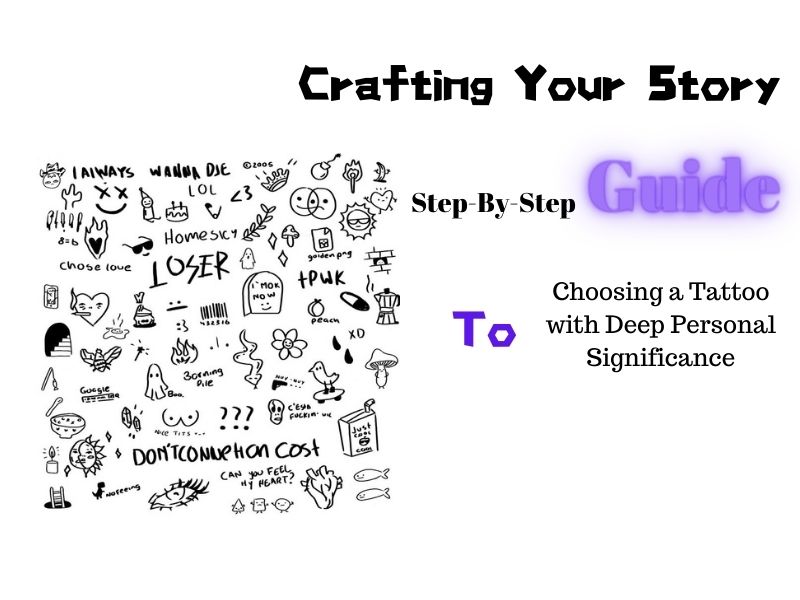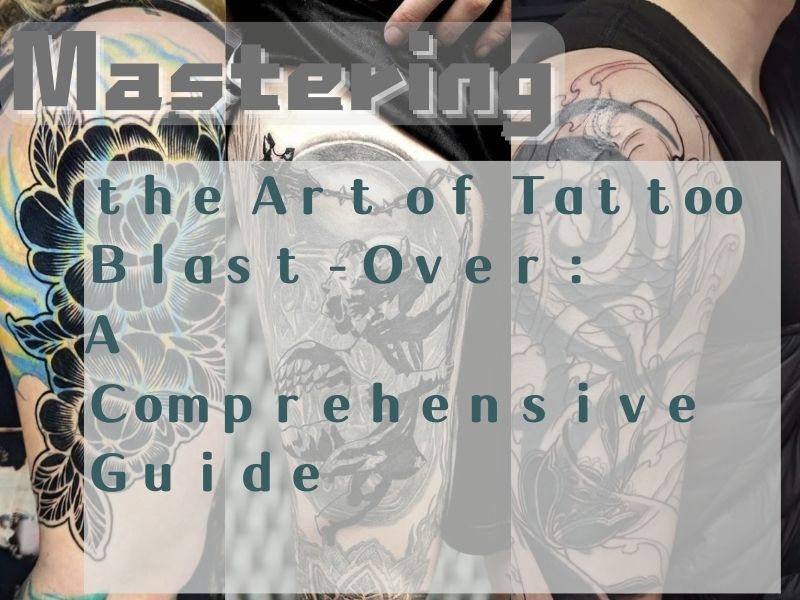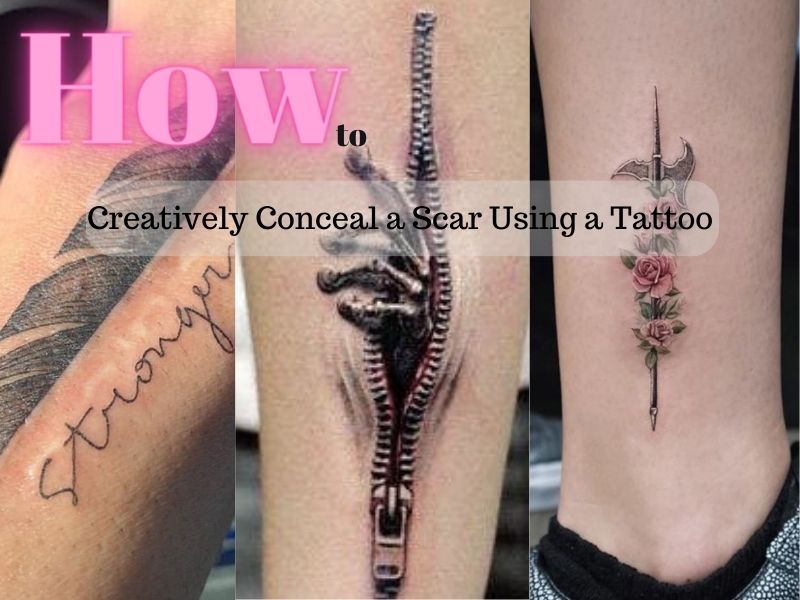The motivation behind choosing to get a blackout or blackwork tattoo is as varied as the people who choose to get them. A blackout tattoo could serve any number of purposes from obscuring previous tattoos to creating a striking standalone design, or even expressing grief and personal loss.
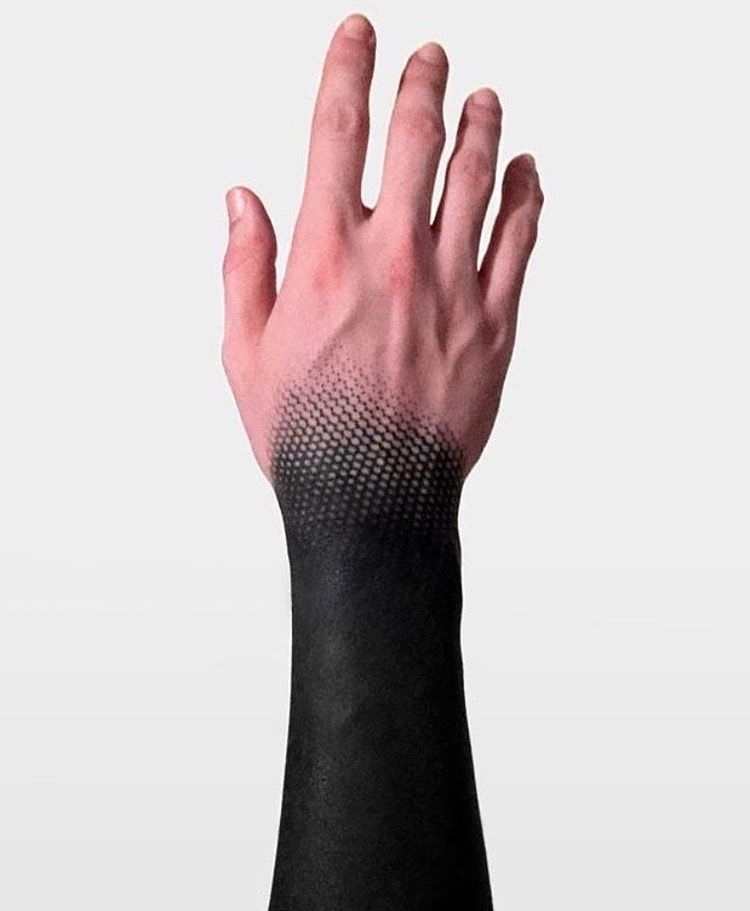
Too frequently, there’s a skewed perception of what constitutes a ‘blackout tattoo‘. So, to ensure we’re on the same page, we first need to define this style and its place within the realm of tattooing.
Speaking from my own experience as someone who boasts both a blackout tattoo sleeve and a color tattoo sleeve, coupled with my academic background in cultural sociology, I’m confident I can shed some light on the world of blackout tattoos for you.
Understanding Blackout Tattoos
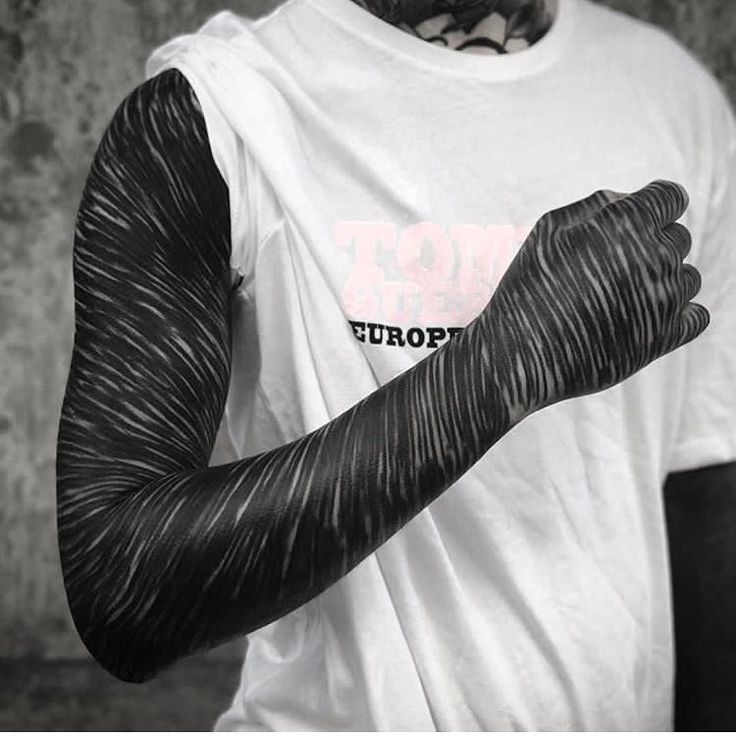
The tattoo community identifies those heavily imbued with black ink across a large bodily area as ‘blackout tattoos’. These extensive black tattoos belong to the genre of tattooing known as blackwork.
Tattooing executed in the blackwork style is distinguished by large swathes of black ink that shape geometric figures and abstract designs. Fundamentally, blackwork tattooing utilizes only black ink.
While ‘blackout’ tattoos are most often seen on the arms and legs, innovative tattoo artists like Ruslan & Tonya of AbuSevTattoo have started exploring other placement options. Additionally, they also produce a significant quantity of the specific equipment utilized by blackwork aficionados.
The Diversity of Blackout Tattoo Styles
When discussing blackout tattoos, it’s essential to understand they’re not categorized as a unique tattoo style, but rather are an integral aspect of the broad ‘blackwork’ genre.
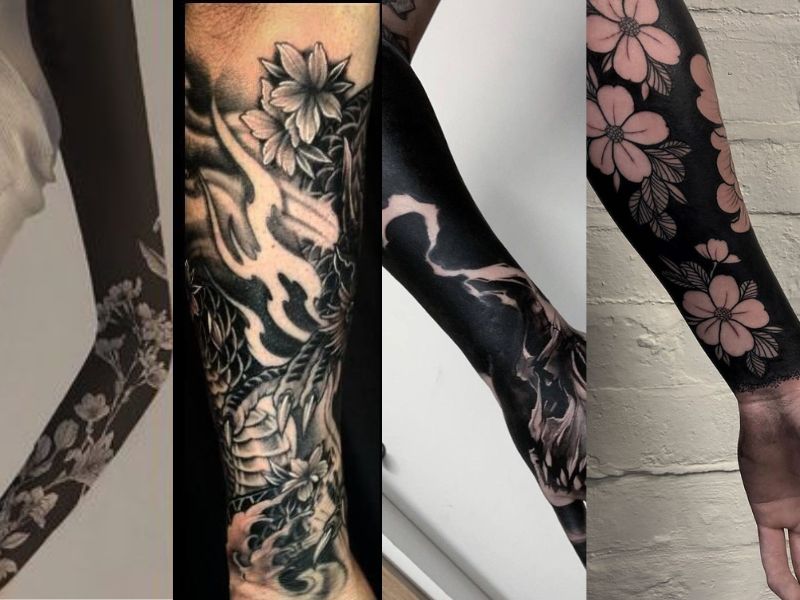
Whether it’s deemed as a blackout tattoo often boils down to the usage of black. An application of black that’s intense and substantial is, more often than not, labeled as a ‘blackout tattoo’, especially across various social media platforms.
Nonetheless, within the intricate world of blackwork tattoos, you’ll find an array of styles or sub-categories. Each of these includes a generous application of black ink, but are sometimes inaccurately lumped together under the overarching label of ‘blackout tattoos’.
Blackout tattoos present an extensive range of styles, among which, negative space tattoos and captivating geometric blackwork patterns take the limelight. It’s noteworthy how the demand for large tribal and neo-tribal tattoos is skyrocketing. These are now being frequently classified as ‘blackout tattoos’ across various social media platforms.
The Process Behind Blackout Tattoos
When it comes to ‘blackout tattoos’, one of the key characteristics is the use of black ink to cover substantial sections of the body. The most common sites include the arms and legs.
Designs of this variety employ deep black ink throughout, with little to no shading. If you’re interested in visual examples, check out these blackwork and black tattoo concepts.
Is Tattooing Over Blackout Tattoos Possible?
Absolutely! One trendy method in the world of blackout tattoos is the addition of white ink over existing blackwork designs.
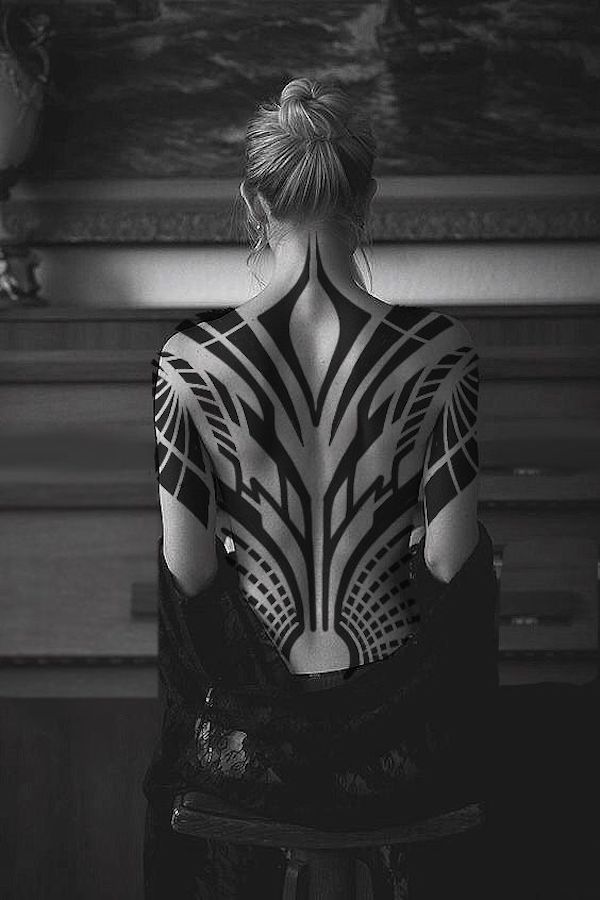
Blackout sleeves embedded with white ink have witnessed a surge in appeal. Including white ink over a well-done ‘blackout sleeve’ helps introduce delicate designs that project an arresting contrast.
However, inking over a black tattoo with colors other than white doesn’t yield promising results. If your heart yearns for a colored design, it is suggested to go for black tattoo removal first.
Motivations for Blackout Tattoos
Blackout tattoos, or comprehensive blackwork, are more than just heavy ink coverage. Their appeal lies in their unique appeal and versatility – from bold standalone artworks to clever tattoo coverups, the reasons for their popularity are diverse.
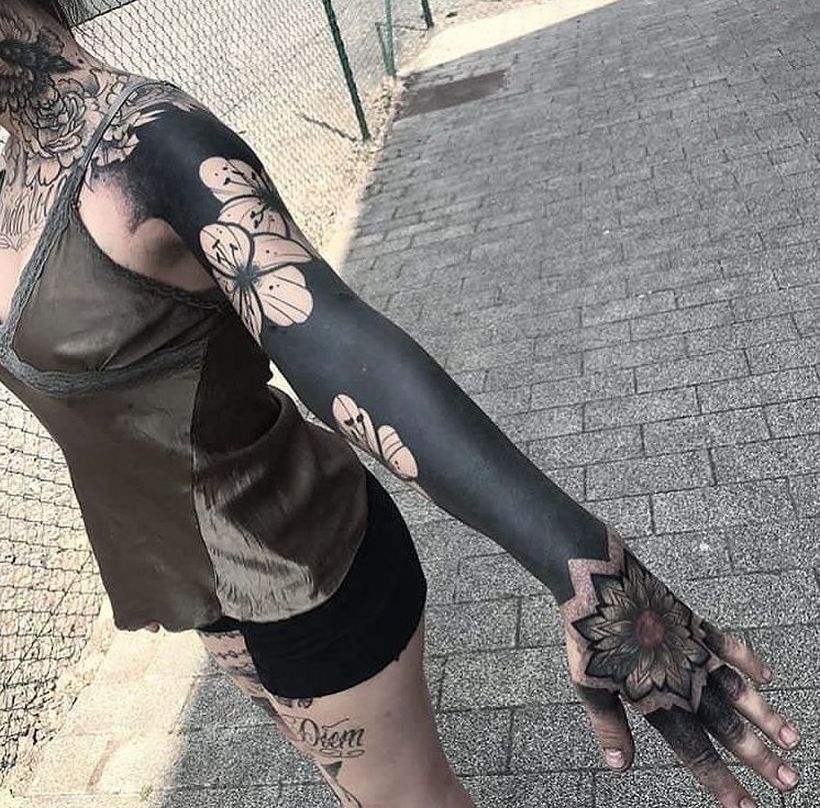
The simplicity of blackwork tattoos belies their resilience. With less chances of fading or aging poorly, observed in other tattoo styles that involve intricate shading and detail, their longevity is impressive.
While blackout tattoos do make incredible coverups, it’s crucial not to generalize. Not every large pane of black ink represents a hidden past design; many stand loud and proud as original creations.
Debunking a common misconception, a soaring number of ‘blackout tattoos’ seen on social media platforms aren’t coverups at all. In reality, they consistently represent unique, standalone masterpieces rather than efforts to hide old ink.
Blackout Tattoos FAQ
Are Artists Challenged More by Blackout Tattoos?
Indeed, blackout tattoos pose a unique challenge for many artists. While the technique itself is straightforward—after all, it’s primarily about filling large skin areas with black ink—it requires a significant amount of skill and patience. The process is time-consuming and physically demanding, particularly when it comes to creating smooth, even layers.
Moreover, adapting designs to work with such a dark background can be complex. An experienced tattoo artist needs the ability to understand how the tattoo will look on the skin once healed—a considerably more challenging task with blackout tattoos due to the sheer intensity of the ink. Despite these obstacles, countless artists find the challenge of this unique art form truly rewarding.
Many artists find that blackout tattoos allow them to push their creative boundaries and experiment with contrast, form, and negative space in novel ways. Consequently, these tattoo Artists often develop a deep appreciation for this type of work and its powerful visual impact.
Healing Time: Is it Longer for Blackout Tattoos?
Let’s tackle the question that’s probably circling in your mind: “Is the healing time longer for blackout tattoos?” It’s a reasonable query, considering the breadth and intensity of the work involved in creating a blackout design.
Though it could be a bit different for each individual, based on variables such as skin type and overall health, the consensus is that blackout tattoos require a slightly increased healing period when compared to traditional tattoos. The reason behind this is simple—blackout tattoos involve covering a larger area with a considerable amount of ink, which naturally places more demand on your skin’s healing capabilities.
To be more specific, while a traditional tattoo might fully heal in two weeks, a blackout tattoo may require three to four weeks. Of course, maintaining good aftercare practices can speed up this process and ensure your new ink heals nicely. It’s critical to keep the tattoo clean, moisturize it with tattoo-specific lotions, and avoid unnecessary sun exposure. These simple, yet crucial steps will help to reduce healing time and prevent any unwelcome complications. Remember, your tattoo artist will guide you through these steps thoroughly.
So, while the answer is ‘yes’, the difference in healing time isn’t overwhelmingly drastic. Getting a blackout tattoo may mean a little extra patience is needed during the healing stage, but rest assured, the stunning and distinct finished result is worth the wait!
Pain Perception: Are Blackout Tattoos More Painful?
So, you’re wondering if getting a blackout tattoo is more painful than other tattoos? The straightforward answer is – it can be, but it largely depends on your personal pain threshold and the area being tattooed.
Blackout tattoos involve inking a significantly larger portion of your body. They require more needlework, which means more time sitting through the tattoo machine running over your skin. This can indeed result in more discomfort compared to smaller, more intricate designs.
Also, remember that some areas of the body are more sensitive than others. If you opt for a blackout tattoo on areas like the inside of your wrist, ribs, or over bones, you might experience a higher degree of discomfort. It’s essential to have a conversation with your tattoo artist about this, as they can provide professional advice and guide you through the process.
That said, everyone’s pain tolerance is different. What might be incredibly painful for one person might be a walk in the park for another. If you’ve had tattoos before, this will give you some indication of what to expect. If this is your first tattoo, you may find it helpful to start small before venturing into more extensive blackout work.
In the end, it’s crucial to remember why you’re getting the tattoo in the first place. A blackout tattoo is a commitment; both in terms of the time it takes to create and the statement it delivers. Pain is temporary, but the satisfaction of a well-done tattoo lasts a lifetime. If you’re passionate about the art and the sentiment behind your blackout ink, the discomfort will be a fleeting footnote in what’s likely to be a transcendent experience.
Examining the Price Tag: Does a Blackout Tattoo Cost More?
So, you’re pondering about the cost of blackout tattoos, right? Well, it’s crucial to understand that, yes, blackout tattoos can indeed be more expensive. And there’s a good reason for this.
Firstly, the amount of ink used in the case of blackout tattoos is significantly higher compared to the traditional ones. More ink consumption means increased costs. Every drop of premium quality ink has a price tag, and when your design requires abundance of it, you should expect to pay more.
Secondly, the size does matter. Blackout tattoos often cover large areas of skin, which obviously necessitates a lot more time and work for the tattoo artist. Therefore, the cost is calculated based on the complexity, time and effort required for the process, leading to a higher final price.
Also, the skill and experience of your tattoo artist plays a crucial role in determining the price. Highly skilled professionals would naturally charge more for their services. That’s definitely something to keep in mind before you decide to take the plunge for a blackout sleeve or a large panel tattoo.
Don’t let this deter you, though. The higher price tag is only a testament of the higher quality and bespoke touch associated with this tattoo style. Getting a blackout tattoo is an investment in your self-expression – a permanent piece of art that you’ll carry with you everywhere.
Tattoo Removal: Is it Tougher with Blackout Tattoos?
Let’s dig into this crucial yet often overlooked aspect of blackout tattoos – removal. You’re probably asking yourself, is it more difficult to remove a blackout tattoo when compared to other types of tattoos, right?
The short answer is yes. Removing blackout tattoos is generally seen as a more demanding process. This is primarily due to the substantial amount of ink that saturates the skin when creating a blackout tattoo compared to the average tattoo.
Laser tattoo removal targets ink particles in the skin, the laser breaks up these particles into smaller fragments, which are then metabolically cleared from the body. Since blackout tattoos involve a dense accumulation of ink, the amount of laser treatment sessions needed for removal will likely be higher. It’s important to remember that everyone’s body responds differently to laser removal, and therefore the number of sessions required can vary greatly.
Moreover, for those who opted for a blackout tattoo to cover up an old tattoo, the process can be even more challenging. In some cases, the original tattoo may become more visible after the blackout layer has been removed due to the intensity of the original pigmentation. Thus, it is essential to be certain of your decision before going under the needle for a blackout tattoo given the complexity and uncertainty of the removal process.
On the other hand, it’s not all doom and gloom. Every individual’s skin is different, and techniques and procedures are continuously improving, which means there’s always hope. Consultation with a professional tattoo removal expert can provide a more personalized, accurate perspective on what you can expect if you ever decide to part ways with your blackout ink.
Skin Cancer Screening and Blackout Tattoos: Is it More Complicated?
Yes, for sure. Skin cancer screening can indeed be more complicated with blackout tattoos. While a tattoo, technically, doesn’t prevent a dermatologist from doing a skin cancer check, it can impede the detection of possible signs and symptoms on the skin underneath the tattoo.
Tattoos, particularly those which cover a large area of skin like blackout tattoos, conceal the skin’s surface. Skin cancer often presents itself in the form of new growths or changes in existing moles on the skin. With a blackout tattoo, these changes may be obscured or completely hidden, potentially leading to a delay in detection.
It’s crucial to note, though, that the threat isn’t exclusive to blackout tattoos. Any tattoo can, to some degree, make skin cancer detection more challenging. This speaks to the importance of frequent skin checks and open dialogue with your dermatologist, especially if you have a history of skin cancer in your family or have a significant amount of skin covered in tattoos.
Remember, if you notice any changes in your skin beneath or around your tattoo, it’s essential to contact a healthcare professional promptly. Early detection and treatment of skin cancer dramatically improve the chances of successful treatment. So, while your blackout tattoo might make skin cancer detection more challenging, it only amplifies the need for consistent check-ups and vigilance about changes in your skin.
Allergic Reactions and Blackout Tattoos: Is there a Greater Risk?
So, what exactly does it mean to get a blackout tattoo? Unlike the traditional tattoo motifs that might spring to mind – intricate patterns, colorful scenes, or meaningful symbols – a blackout tattoo refers to large-scale ink work that is predominantly, if not entirely, black. This style makes use of heavy shading and large, filled-in areas to create a striking overall effect. But before you dive in, let’s take a closer look at what getting a blackout tattoo entails.
“A blackout tattoo is a bold and visually striking choice, known for its significant body coverage and predominantly black inking. While it can be a statement of personal style, it’s essential to understand what’s involved.”
Here are some key points to consider:
- Scale: Most blackout tattoos are large, often covering extensive areas like an entire arm, leg, or even body parts.
- Techniques: Blackout tattoos typically employ heavy shading and filling in techniques. Unlike traditional tattoos which often involve line work and colorful shades, blackout tattoo embodies blackness in an artistic form.
- Meaning: The meaning behind a person’s decision to get a blackout tattoo can vary widely – from a desire for bold self-expression, covering up old tattoos, or simply a love for a monochromatic aesthetic.
Prepare yourself mentally and physically if you want to embark on this tattoo adventure. It’s not for the faint-hearted but it sure is an artistic commitment that can make you stand apart.

